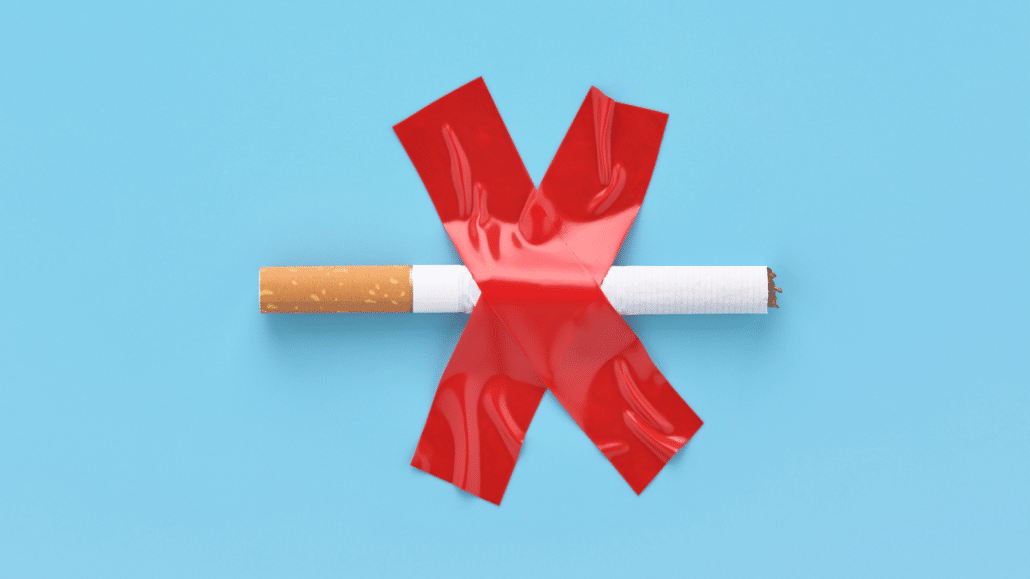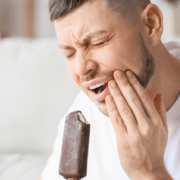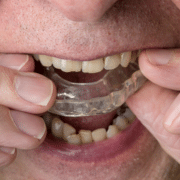Caring for Receding Gums: Your Guide to Protecting Your Smile
Gum recession is a common dental issue that affects many people, yet it often goes unnoticed until more serious symptoms arise. Receding gums can lead to tooth sensitivity, increased risk of decay, and, in severe cases, tooth loss. Whether you’re just starting to notice changes in your gums or have been managing gum recession for years, it’s important to understand how to properly care for your teeth and gums to prevent further damage.
What Is Gum Recession?
Gum recession occurs when the gum tissue that surrounds the teeth begins to pull back, exposing more of the tooth or even the tooth’s root. This can create gaps, or “pockets,” between the teeth and gums where bacteria can accumulate, potentially leading to gum disease. Factors contributing to gum recession include:
- Brushing too hard
- Poor oral hygiene
- Periodontal (gum) disease
- Genetics
- Grinding or clenching your teeth
- Hormonal changes
While some of these causes are outside of your control, there are several effective ways to protect your gums and keep your mouth healthy. Tips for Caring for Receding Gums
1. Practice Gentle Brushing
One of the main causes of gum recession is brushing too hard or using a toothbrush with hard bristles. Switch to a soft-bristled toothbrush and use gentle, circular motions instead of aggressive back-and-forth scrubbing. This helps remove plaque without irritating or damaging your delicate gum tissue.
2. Use Desensitizing Toothpaste
If gum recession has led to tooth sensitivity, switching to a desensitizing toothpaste can help. These toothpastes contain ingredients like potassium nitrate, which help block the pathways that cause sensitivity. They can provide relief, especially when the roots of your teeth are exposed.
3. Floss Carefully
Flossing is crucial for maintaining healthy gums, but you need to be gentle if you have gum recession. Avoid snapping the floss between your teeth, as this can damage your gums. Instead, slide the floss up and down along the side of each tooth, forming a “C” shape around the tooth to clean below the gumline without causing irritation.
4. Incorporate an Antibacterial Mouthwash
An antibacterial mouthwash can help reduce plaque buildup and fight bacteria that contribute to gum disease. Choose a mouthwash that is specifically designed to help with gum health. Look for ingredients like chlorhexidine or essential oils that are known for their antibacterial properties.
5. Improve Your Diet for Gum Health
What you eat plays a significant role in your oral health. Consuming a diet rich in vitamin C, calcium, and omega-3 fatty acids can help support healthy gums. Foods like leafy greens, citrus fruits, and nuts can provide essential nutrients that help your gums stay strong and resilient.

6. Consider a Night Guard If You Grind Your Teeth
Grinding or clenching your teeth (bruxism) can put excess pressure on your gums, contributing to gum recession. If you suspect you might be grinding your teeth—especially at night—talk to your dentist about getting a custom night guard. This device can help protect your teeth and gums from additional damage.
7. Schedule Regular Dental Cleanings
Regular dental visits are essential for managing gum recession. During these appointments, your dentist can perform a deep cleaning (scaling and root planing) to remove tartar and bacteria from below the gumline. This helps prevent further gum damage and can promote healing.
8. Be Proactive with Periodontal Treatment
If your gum recession is moderate to severe, you may need to consider specialized periodontal treatment. Your dentist or periodontist can recommend the best treatment plan based on your specific needs.
Preventing Further Gum Recession
Even if you’ve already experienced some gum recession, there are steps you can take to prevent it from getting worse:
- Stop using tobacco products, as smoking or chewing tobacco can weaken your gums.
- Use a water flosser if traditional flossing is uncomfortable; it’s a gentler way to remove plaque.
- Avoid acidic foods and drinks, like soda and citrus juices, which can erode tooth enamel and irritate your gums.
- Stay hydrated to help keep your mouth moist and rinse away food particles and bacteria.

When to See a Dentist
If you notice symptoms of gum recession—such as increased tooth sensitivity, visible roots, or changes in the appearance of your gumline—it’s time to schedule an appointment with your dentist. Early intervention can help prevent further damage and keep your gums healthy.
Gum recession is a common dental problem, but with the right care and preventive measures, you can protect your gums and maintain a healthy smile. By adopting a gentle oral hygiene routine, eating a balanced diet, and visiting your dentist regularly, you can slow the progression of gum recession and preserve your teeth for years to come. Remember, healthy gums are the foundation of a healthy mouth!












Leave a Reply
Want to join the discussion?Feel free to contribute!